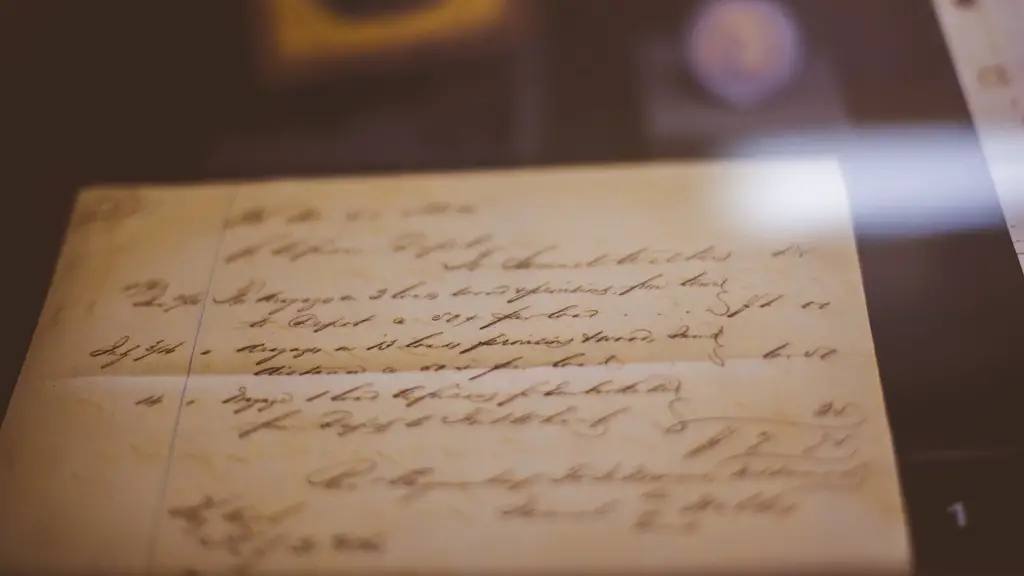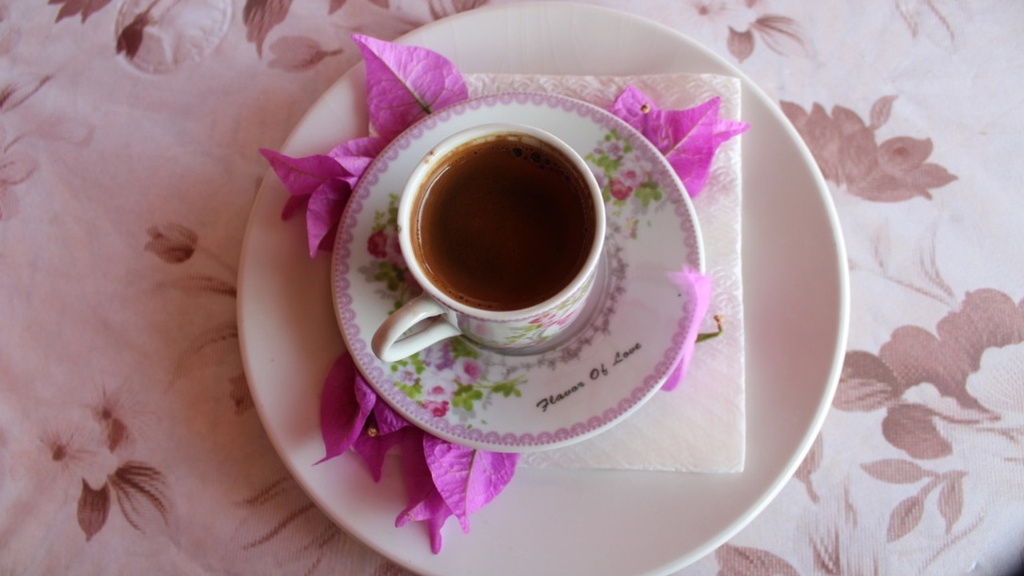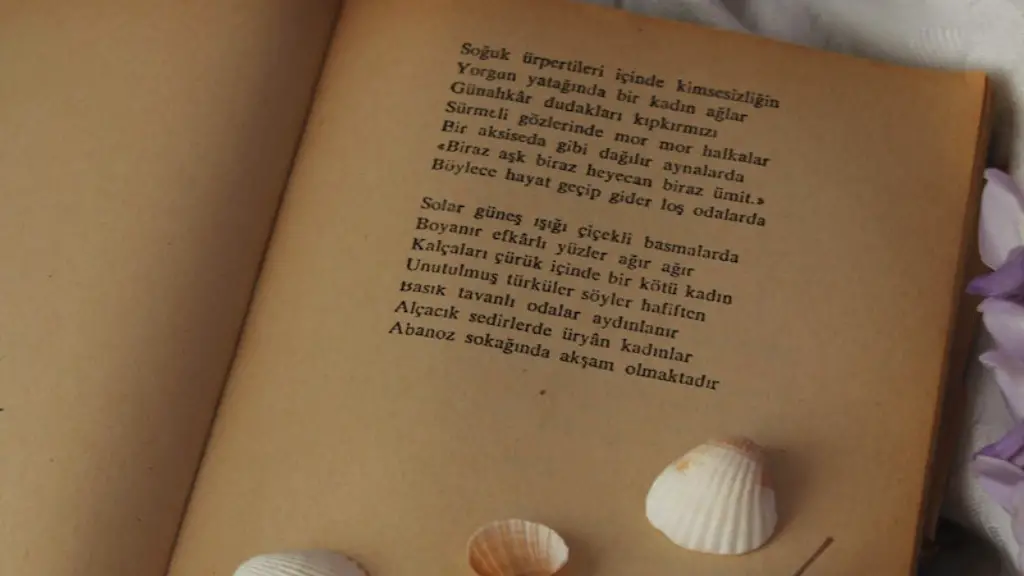Writing Techniques of a Poetry Writer
Writing poems takes skill, creativity, and dedication. It can also be quite a challenge! There are several different techniques poetry writers employ to express their feelings, thoughts, and perspectives in an interesting and creative way. From using creative imagery to playing with structure, there are many ways to become a successful poet. Here are some of the primary techniques used by poetry writers to create moving, powerful, and captivating pieces.
Using Imagery
One of the most powerful ways for poets to share their emotions and ideas is through the use of vivid literary and figurative language. This can be seen in metaphors, similes, and other forms of comparison. Such comparisons often paint vivid pictures in the reader’s mind which can add more meaning to the poem. A great example of this is Robert Frost’s poem “The Road Not Taken,” which contains numerous literary and figurative devices to create a vivid mental image. By using such comparisons, poets can help the reader further understand their point of view and feel an emotional connection.
Tone and Mood
Another technique used by experienced poets is to carefully control the tone and mood of their pieces. This can be done by using specific language and imagery to evoke certain feelings or ideas. For example, words associated with fear, sadness, and anxiousness can produce a certain atmosphere. By using such techniques, the poet can create a specific atmosphere and form a stronger bond with the reader.
Playing With Structure
Moreover, some poetry writers experiment with structure in order to convey different ideas. By straying from traditional rhyme schemes and verse structures, poets can create a more unique atmosphere that allows for more expression and flexibility. For example, a haiku is a Japanese form of poetry that usually consists of three lines of five, seven, and five syllables respectively. By playing with structure, poets can add meaning to their pieces and often create a more captivating piece.
Experimenting with Rhyme
Experimenting with different types of rhyme schemes is another popular technique employed by experienced poets. By using end rhymes, internal rhymes, or no rhyme at all, poets can control the flow and structure of their works. For instance, in Robert Frost’s poem “Stopping by Woods on a Snowy Evening,” the poet has used end rhymes to create a calming atmosphere and draw the reader in. This type of experimentation allows poets to take their craft to a new level and create an atmosphere that can captivate readers and make their message louder.
Using Language Uniquely
In addition to using imagery, structure, and rhyme, poetic language can be used to great effect. By using sounds and linguistic devices such as puns and alliteration, poets can create a unique poem with its own flavor. For example, Lewis Carroll’s famous poem “Jabberwocky” employs unique language in order to convey his ideas in a creative and intriguing way. By playing around with language, it’s possible to add an extra level of depth to the poem.
Writing Experiments
Many poets also experiment with their writing in order to find their own style. From free writing exercises to prompt-based writing, these experiments can lead to some interesting pieces. By experimenting with language, structure, imagery, and rhyme, poets can tap into unexplored depths and create pieces that are truly unique and captivating. This can help poets find their own voice, which can be essential for developing a successful and interesting poetry career.
Sharing Your Work
Once you have some poetry written, it is important to share it with readers. By providing feedback and advice from like-minded individuals, poets can hone their craft and create works of art. Participating in writing communities and forums can be a great way to connect with fellow poets and get feedback on your work. Furthermore, attending readings and literary events can also be beneficial, as these events offer poets the opportunity to network, gain inspiration, and hone their craft.
Understanding Your Intentions
Another key component to becoming a successful poet is understanding your intentions and motivations. Writing poetry is a deeply personal activity, so it’s important to ask yourself why you are writing in the first place. You may wish to explore personal issues or share deeper emotions, or you may simply be looking for a creative outlet. Once you understand why you write, it will be easier to focus on the aspects of your craft that matter most.
Seeking Inspiration and Ideas
Finally, it can be helpful to have some sort of inspiration or idea from which you can draw ideas. Sources of inspiration may include literature, art, current events, nature, music, and more. By seeking out ideas and stories from these sources, poets can write compelling pieces that speak to their readers on a deeper level. It’s also beneficial to experiment with different styles and forms, as it can broaden your horizons and inspire new pieces.
Mindful Editing
To become a successful poet, it is important to practice mindful editing. Writers often make the mistake of thinking that the first draft of their poem is the final version. However, thoughtful editing can be extremely helpful in crafting a meaningful, powerful poem. By looking at each line and word with a critical eye, poets can identify areas that need improvement and hone their craft to perfection.
Submitting Work for Publication
Once your work is ready for publication, the next step is to submit it to journals, magazines, and other publications. Putting your work out into the world can be daunting, but the rewards can be great. It can also be beneficial to join writing organisations or professional networks, as these can open more doors and provide more opportunities for publication.
Promoting your Work
Finally, it can be helpful to promote your work and create an audience for it. This can be done by setting up a website, blogging, and using social media. Also, publishing articles and engaging with other writers and poets can help raise your profile and build a fan base. By promoting your work, you can increase its reach and gain recognition for your creative efforts.



